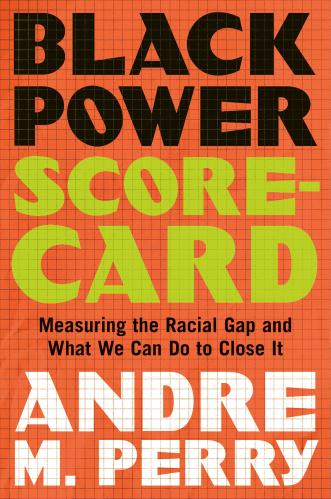All the contributions in the first volume were concerned with short-run macroeconomic fluctuations in the United States. They all relied on relatively aggregate data, for example at the level of major industries or demo- graphic groups, at frequencies ranging from roughly monthly to annual. No contributions used data from outside the United States or from before 1950, and the empirical methods consisted almost entirely of summary statistics and linear regressions. The 16 contributors came from 10 institutions, all of them in the United States. Only one contributor (and only one of the 30 meeting participants) was female.
In the current volume, there are contributions devoted to understanding recent developments in Greece, Japan, and Portugal, and another that uses evidence drawn mainly from New Zealand. Two other contributions focus on the growth of student loan debt and rules for assessing the budgetary impact of legislation. Only one is devoted to an issue closely related to short-run macroeconomic fluctuations in the United States. The data used in this volume include responses to original surveys, a newly created individual-level data set from merged administrative sources, prices of sophisticated financial instruments, daily weather information from a large number of U.S. metropolitan areas, and recently collected information on Greek bond issuance extending back to the early nineteenth century. And while simple facts and summary statistics continue to play a central role in much of the analysis, other empirical approaches include nonlinear time- series techniques, calibration and simulation of dynamic general equilibrium models, discrete choice models, and qualitative analyses of particular institutions and episodes. The 30 contributors are drawn from 24 institutions, and seven contributors are based outside the United States. Seven of the 30 contributors are female.
The Brookings Institution is committed to quality, independence, and impact.
We are supported by a diverse array of funders. In line with our values and policies, each Brookings publication represents the sole views of its author(s).



